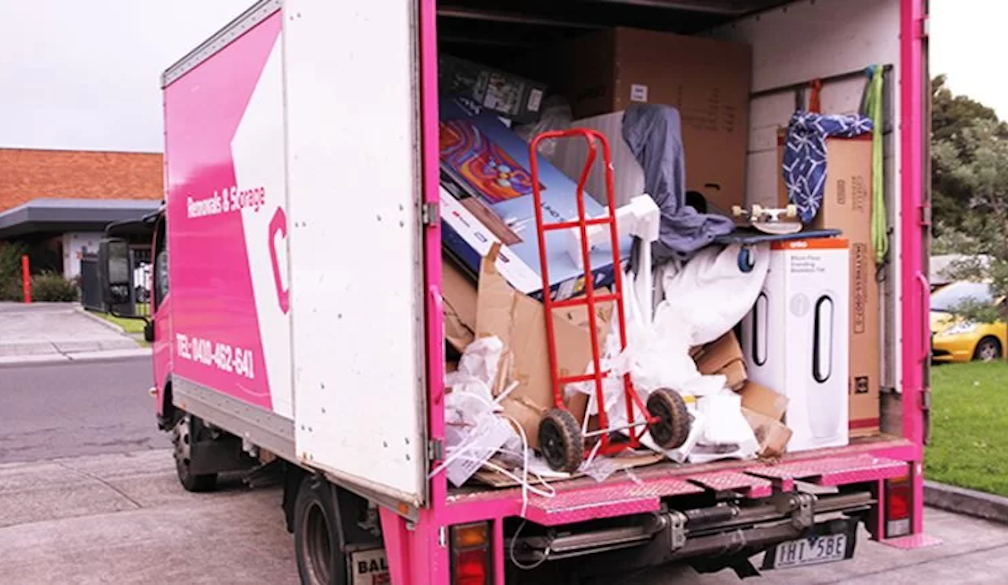Crafting Innovation: Exploring the World of 3D Printing with FlashForge Technology.
- Written by The Chronicle

3D printing is constantly evolving, and FlashForge is a pioneer. With its remarkable technology, our collaboration with this cutting-edge company has demonstrated its willingness to push the thin walls of customer creativity with its remarkable technology. The FlashForge Adventurer 5M Pro is the reigning quintessence of precision, adaptability, and dependability amid this 3D printing renaissance. We're venturing into the realms of 3D printing again, this time to investigate FlashForge's earth-shattering prowess and its implications for the crafts industry.
Introducing the FlashForge Adventurer 5M Pro: A Technological Wonder
As FlashForge's flagship product, the Adventurer 5M Pro 3D printer, the brand's commitment to quality is evident. This advanced machine meets the demands of 3D printing novices and experts with its revolutionary features. The Adventurer 5M Pro ensures a seamless creative experience with its user-friendly UI, auto-levelling features, and ample construction space.
Accuracy and Detail:
The FlashForge Adventurer 5M Pro creates prints with stunning accuracy and intricate detail. Prototypes, functional parts, artistic creations; you name it, the printer's high resolution will turn your idea into a fantastic display of exactness!!
Flexibility Unlocked:
PLA, ABS, and other filaments are warmly welcomed aboard the Adventurer 5M Pro. The printer's flexibility to experiment with various materials is where users will realise the possibilities. Users can use the printer for a wide range of jobs, including quick prototyping and custom designs within the arts, where there is potential for experimentation. Engineering is another story where it's time to experiment—connecting the complete experience with 3D printing accessories.
Enhancing the Experience with 3D Printing Accessories
The journey with FlashForge, more than a printer, continues. The combination of advanced 3D printing accessories allows users to further their experience, tailor their configurations to meet their needs, and get the most out of the application.
Improvements to the Nozzles and Extruders:
FlashForge offers many other nozzle mods and extruders, allowing you to experiment with different filaments, layer resolutions, print rates, and more. Thus, customers can personalise their approach to each project and experiment with the full possibilities offered by 3D printing.
Inclosures for Environments That Have Been Controlled:
To further refine the printing environment, FlashForge provides inclosures that allow you to control the environment's temperature and limit interference from ambient conditions. This is particularly useful for prints that require exact conditions and will enable you to maintain a consistent finished product quality across various projects.
FlashForge Australia: Contributing to the Development of the Future of 3D Printing
As it takes place among the major players in the global 3D printing scene, FlashForge is making huge strides to determine the future of this game-changing technology in Australia. With its extensive suite of products and dedicated team of professionals, FlashForge Australia is well on its way to becoming synonymous with reliability, innovation, and world-class customer care
Help and Assistance from the Community:
The intricacies of 3D printing, it is important to remember, can be quite complex sometimes. Their local help and experience in Australia will no doubt be a significant advantage to everybody and should ensure anyone feeling the water for the first time, whether a hobbyist or a business looking to integrate this technology into their workflow, will get the help and information they need and a hassle-free experience.
Cooperation within the Community:
FlashForge's influence in Australia will extend beyond the individual user, simply by how they operate. They are helping to cultivate a community of artists and inventors that focuses on concept design, artists, and manufacturing, so to speak, so that they can collaborate on projects, share their ideas, and be inspired by each other. An experience that is not only more enjoyable, but ultimately, their ability to share and exchange information will help to strengthen the whole ecosystem.
The Emergence of 3D Printing and FlashForge's Role in the Process of Creating the Future
FlashForge's contribution to the evolution of 3D printing is significant for the individual machines and accessories it produces, as well as the innovations it introduced as an industry standard over a relatively short history.
Enlightenment and Self-Determination:
FlashForge's mission statement demonstrates its dedication to making the future of design and manufacturing accessible to everyone through the creation of top-notch 3D printers and printing solutions.
Integration Across Industries:
FlashForge's 3D printers have a significant impact on virtually every sector, from automotive to healthcare and everywhere in between. FlashForge is at the forefront of integrating 3D printing across industries, which in turn is changing traditional production processes, not only because their printers are versatile, but because many can accept a wide variety of materials.
In Summary
Products like the Adventurer 5M Pro and the assortment of accessories that make the whole printing experience what it is indicate FlashForge's commitment to creating innovation. By establishing a presence in Australia, the brand demonstrates its commitment to nurturing a community of artists who can access location-specific support. FlashForge is leaving an indelible mark on additive manufacturing, shaping the future of 3D printing through education, industry integration, and tireless innovation. FlashForge is your partner for creativity, redefining what is possible, and making a path to a future where invention has no limits. FlashForge is with you for your entry into the world of 3D printing.









